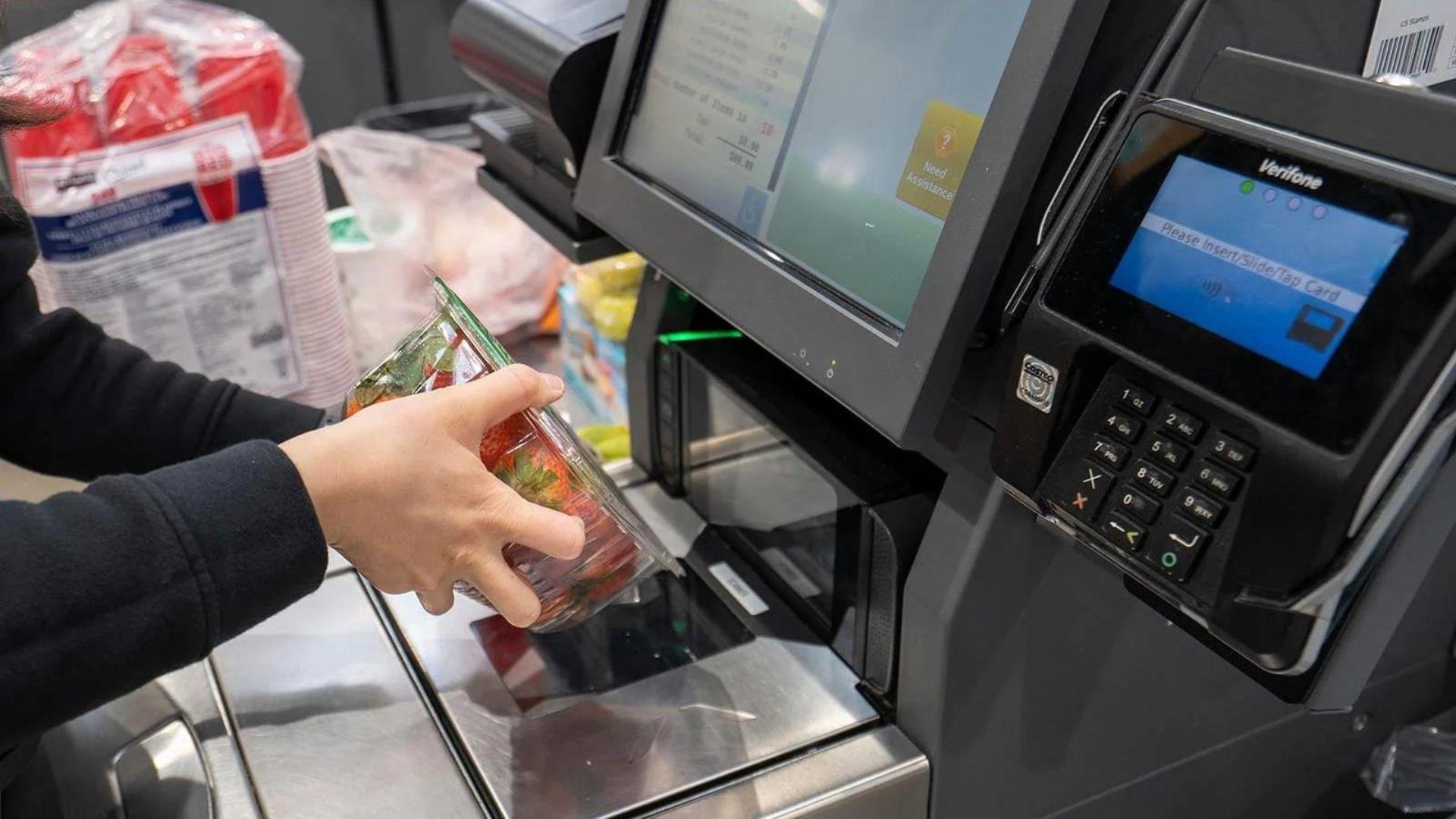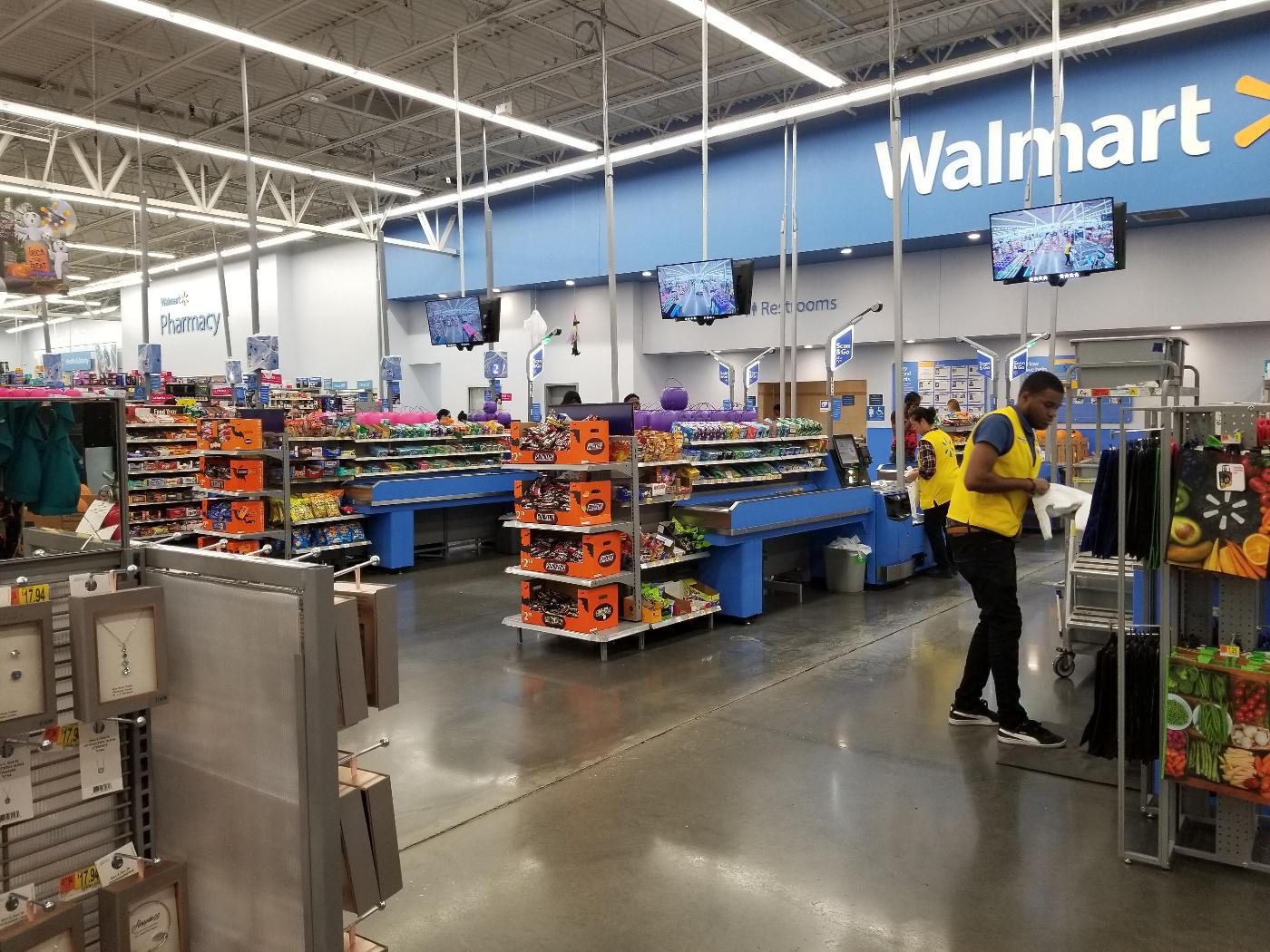With inflation and shrinkflation, the practice of companies shrinking their product but charging the same price, customers have been feeling a pinch in their wallets recently.
Unfortunately, shoppers will need to remain even more vigilant when doing their regular grocery shopping after Walmart revealed that its self-checkout machines are overcharging for regular items.
Customers Notice That Their Bills Are Unusually High

In a cost-of-living crisis, customers have been pulled in every direction. Now, they need to be concerned about double-checking the price of their items at the self-checkouts.
The retail giant admitted that in 1,600 stores across the country, multiple customers were overcharged due to a “technical issue.”
Details of the Events

Documents obtained by multiple news organizations show that the issues began with self-checkout machines on March 19. Customers began to notice that machines were charging different prices across multiple categories.
Food, apparel, and even seasonal items were affected by the system malfunction. The company is blaming an “internal system failure” for the issue that stopped pricing information from being updated at self-checkout kiosks.
Walmart Has Previously Been Involved in Food Scandals

In May, Walmart was accused of adding too much cellulose to their Great Value shredded cheese.
Cellulose is a plant fibre similar to wood pulp that can be extracted from different plants. The material adds fibre to food and helps with the preservation process. However, the Walmart store brand was involved in a lawsuit that claimed the cheese had more than 9% cellulose content.
Most Customers Were Reimbursed for the Mistake

The company confirmed that, on average, customers were overcharged by 1.88% on the total items checked out at kiosks.
They added that 80% of customers who were overcharged for items have been reimbursed. However, Walmart does not seem to be facing any repercussions for taking money from customers who are unaware of the issue.
The Company Recently Reported a Massive Revenue Increase

The issue came to light after Walmart reported a 6% increase in revenue during the first four months of 2024. An earnings report compared to the same period last year showed a stark increase in sales.
The mega-retailer’s total sales in the United States were $108.7 billion. Globally, the brand made about $648 billion in 2023.
The Mistake Is Similar to Price Fixing

Price fixing is the practice of working with competitors to ensure that a single product sells for the same price across brands or stores. This practice ensures that customers will not look for the best price and that many products are artificially overpriced.
Companies generally lack transparency regarding the profit they make from a single product, making it difficult for customers to know when they are being ripped off.
Not the First Company to Profit From the Practice

In 2017, a major Canadian grocery chain was found guilty of price-fixing bread with the help of multiple companies.
Although Loblaws Companies Ltd. pled guilty and was forced to pay out a class action lawsuit, the company generally did not face any serious repercussions. Many experts agree that the company still profited from its years of artificially inflating the price of bread.
Walmart Might Begin Removing Self-Checkout Kiosks

The technical issues reflect a larger issue that the chain has with the self-checkout machines. Many stores find it difficult to keep an eye on customers while still running interference with the constant problems that arise with the machines.
Rising retail theft at self-checkouts is the biggest reason for the company to do away with the sections altogether.
Introduction of Walmart+ Subscriptions

In March, the company introduced the Walmart+ subscription program in another sneaky bid to increase revenue from its loyal customers.
The benefits of the program are meant to encourage online shopping by offering rebates and special sales to subscribers. However, they also announced that in certain locations, only customers who pay for the subscription can use self-checkout kiosks.
The Industry Faces Large Losses Due To Shoplifting

Self-checkouts seem like a better option for companies as they can accommodate the same amount of customers with much less staff.
However, the issue arises with customers’ ability to shoplift at the stands. In 2022, the industry lost $112.1 billion due to shoplifting. Many companies have chosen to cut back or completely remove their self-check lanes due to this problem.
Shrinking Sections Around the Country

The company also closed all 51 of its health clinic locations last year following the inability to make the revenue model work.
The gap created by the closures, along with the pricing fiasco, has made many consumers weary of shopping with the company.








































